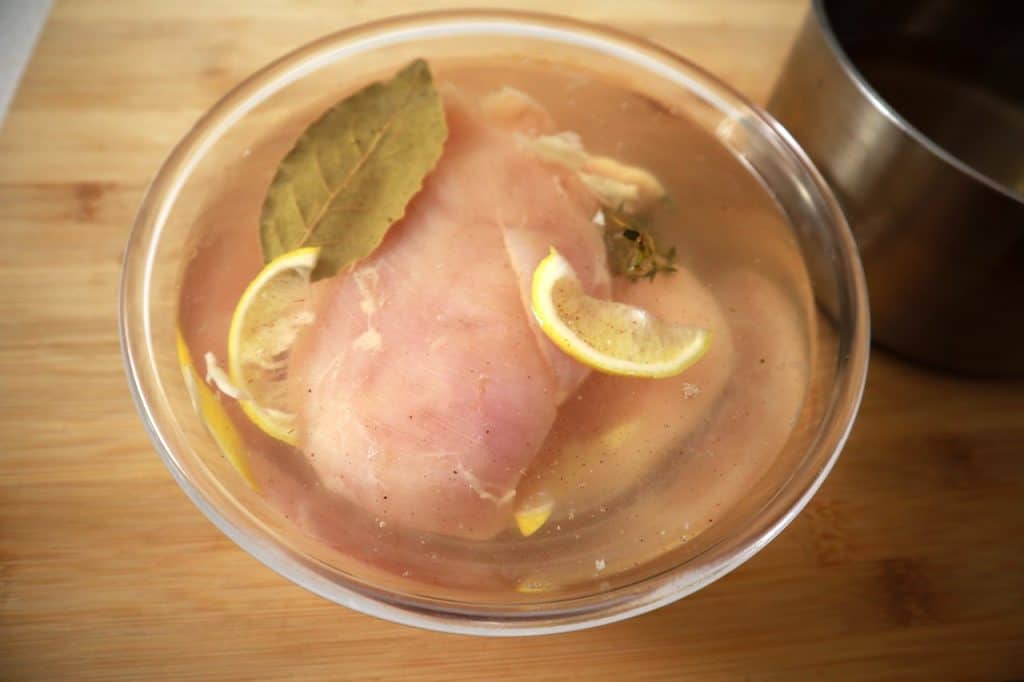Best Practices to Thaw and Cook Turkey Safely
Thanksgiving and Christmas are just around the corner, and there is no debate that turkey is the traditional dish to eat, and a favourite to serve during both of these festive occasions. Thanksgiving Turkey, the regional dish from New England consumed during traditional harvest festivals, made its way overtime throughout the USA.

What size turkey to choose?
Choosing the correct sized turkey is tricky but this all depends on how many people you will be cooking for. You will require the perfect portion of food for each of your guests without having too many leftovers, so we suggest on average ½ pound per person.
When and how to thaw turkey safely?
Defrosting or thawing food safely is important and this takes time. In general, the fridge is the best place to thaw food because the perfect thawing temperature is below 46°F (8°C). Small pieces will thaw in only a few hours or overnight but a turkey is a huge piece and thawing will take several days. Count 24 hours for every 5 pounds (2.25kg) of turkey.
Any thawed food can be kept for 1 to 2 days in the fridge, but because a turkey is large and takes up a lot of space we recommend cooking the turkey once it is completely thawed.
If you are a last minute kind of person, thawing in water will speed up the process. Keep the turkey in its original packaging and submerge it in cold water (a sink is perfect) which needs to be changed every 30 minutes to ensure it stays within the safe temperature zone of under 46°F (8°C). This ‘speedy’ process will take around 2.5 to 3 hours per 5 pounds (2.25kg) of turkey. If the turkey is still a little frozen after thawing, you can start the cooking process, but the cooking time will be longer than usual and the turkey must be thoroughly cooked to prevent food poisoning. We do not recommend emergency thawing and cooking methods, but it is a way to serve your festive meal on time!
Does a turkey need cleaning before cooking?
Although some sources suggest rinsing, the USDA advises against it and so do we in order to avoid the spreading of bacteria. However, do check if the turkey is sold with giblets. These need to be removed and you can be kept to make a tasty sauce to accompany the meal.
To brine or not to brine?
A good brine will tenderise and season the meat and as the flesh absorbs extra moisture it will make your dish juicier.

However, brining a turkey is not essential if you have a moist and tasty stuffing to add flavour.
How to stuff a turkey safely?
Stuffing should be added just before putting the bird in the oven. The stuffing should be moist and not too dense as during the cooking process it needs to reach a minimum of 165°F (75°C) in the centre. For anyone with limited time, speed up the cooking process by pre-cooking the stuffing.
What temperature is safe to cook a turkey?
Start by preheating the oven at 410°F (210°C), and lower the temperature after half an hour to 350°F (180°C). It takes approximately 20-25 minutes per pound to cook a turkey. Turkey is done at 170°F (75°C) for the lean part which is the breast. The legs will not dry out as quickly and can have 180°F (80°C). Insert the tip of the digital thermometer towards the middle of the thickest section without touching bones, and keep in mind that the turkey will continue to cook during the first part of its resting time.
It is important to baste turkey every half an hour during the cooking process to keep the meat moist. Make sure to be quick during each round of basting as opening the oven door will lower the oven temperature significantly and can prolong the cooking time.
How to store leftover turkey?
As with other leftover food, cooked turkey will keep for 3 to 4 days when cooled and placed in the fridge in an airtight container.
Leftover turkey can also be frozen and stored for up to 3 months. Remove the bones from the meat and freeze both separately for easy use later.